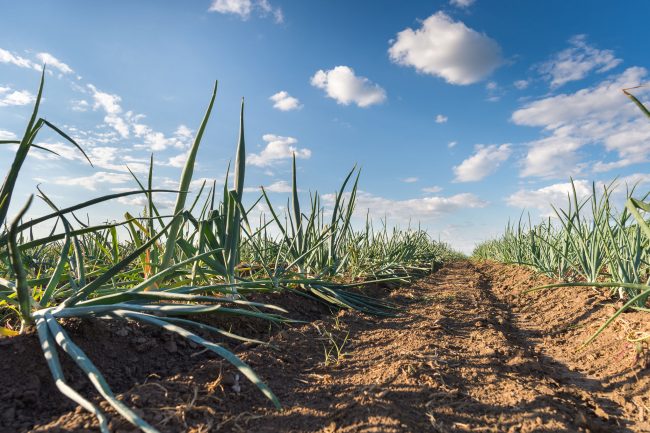
This April, The U.S. Department of Agriculture released the 2017 Census of Agriculture, and it tells a worrying story. As the American landscape continues to change, farms and ranches across the country face incredible challenges, which have led to fewer farms, smaller farms, and lower incomes.
One of the most concerning statistics found in the Census is the average age of the American farmer. Currently at 57.5, this number has been steadily rising for the last 30 years. This may be due in part to increased barriers for young farmers. As the cost of land and equipment have risen, average farm income has slightly declined from $43,750 in 2012 to $43,053 in 2017.
Related to this issue is the fact that larger farms are getting larger while small farms are getting smaller or disappearing altogether. The number of farms has decreased by 3.2% since 2012. Perhaps even more telling is that the largest 85,127 farms in the United States (over 2,000 acres or more) own 58% of all U.S. farmland surveyed, while the smallest 273,000 farms make up just 0.1% of farmland. Another way to look at this is that while there were 2.4 million farms and ranches in 2017, only 105,453 farms produced 75% of all sales. In addition, while more women are farming, farms owned by women tended to be smaller in both acreage and production value.
Nonetheless, there were a few highlights from the 2017 Census that give us renewed hope for the future. First, the number of farms using renewable energy systems has doubled since 2012! There are now 133,176 farms using renewable energy, up from the 57,299 in 2012. A decision we strongly support as part of our sustainable farming manifesto. Second, it showed an increase in female farmers. However, this increase may be due in part to the fact that this is the first year the Census included multiple farm operators, rather than just counting a principle operator.
Another positive change is that farms also experienced increased internet access, a problem that many small rural communities still face. In modern America, the Internet can play an important role for farmers trying to connect with new customers.
As we reflect on the 2017 Census and the plight of U.S. farmers, we’re more determined than ever to make a difference when and however we can. Farms and ranches provide jobs, natural spaces, nutritious food, and educational opportunities for their communities. It’s our responsibility to help support them as they struggle to overcome increasing challenges and hang onto their farms.




